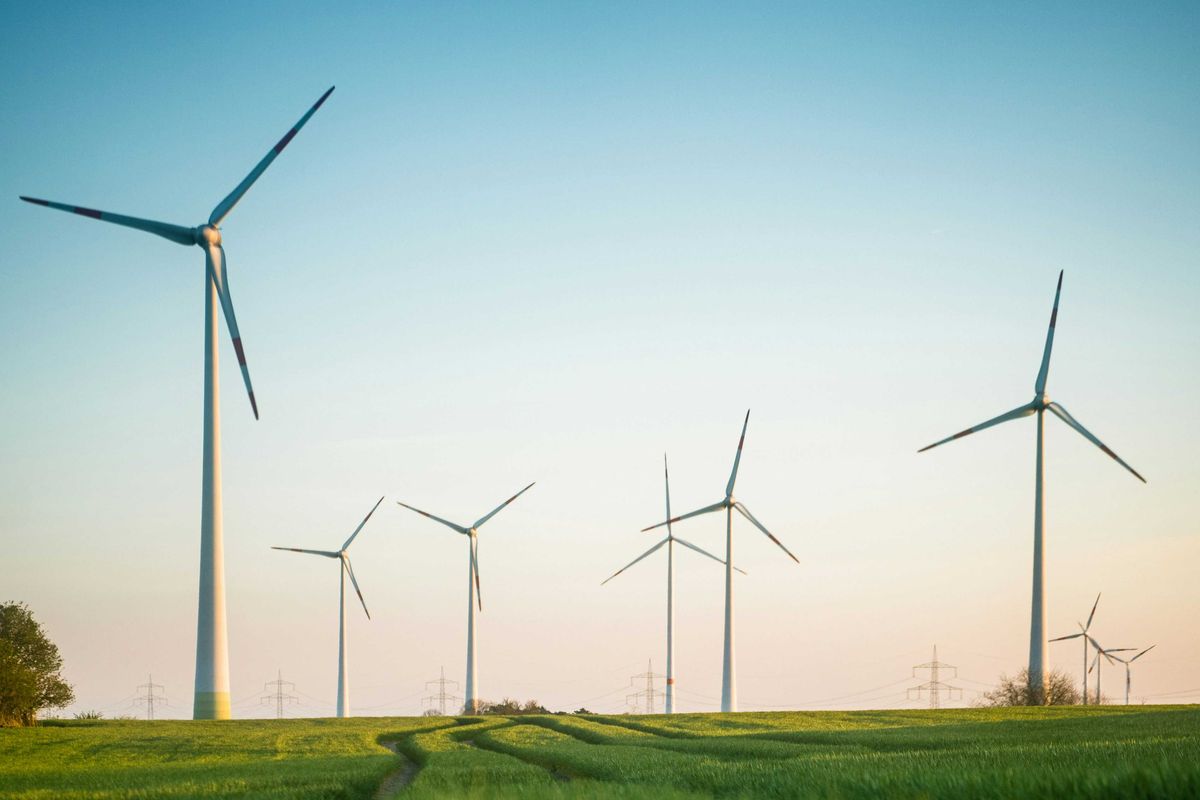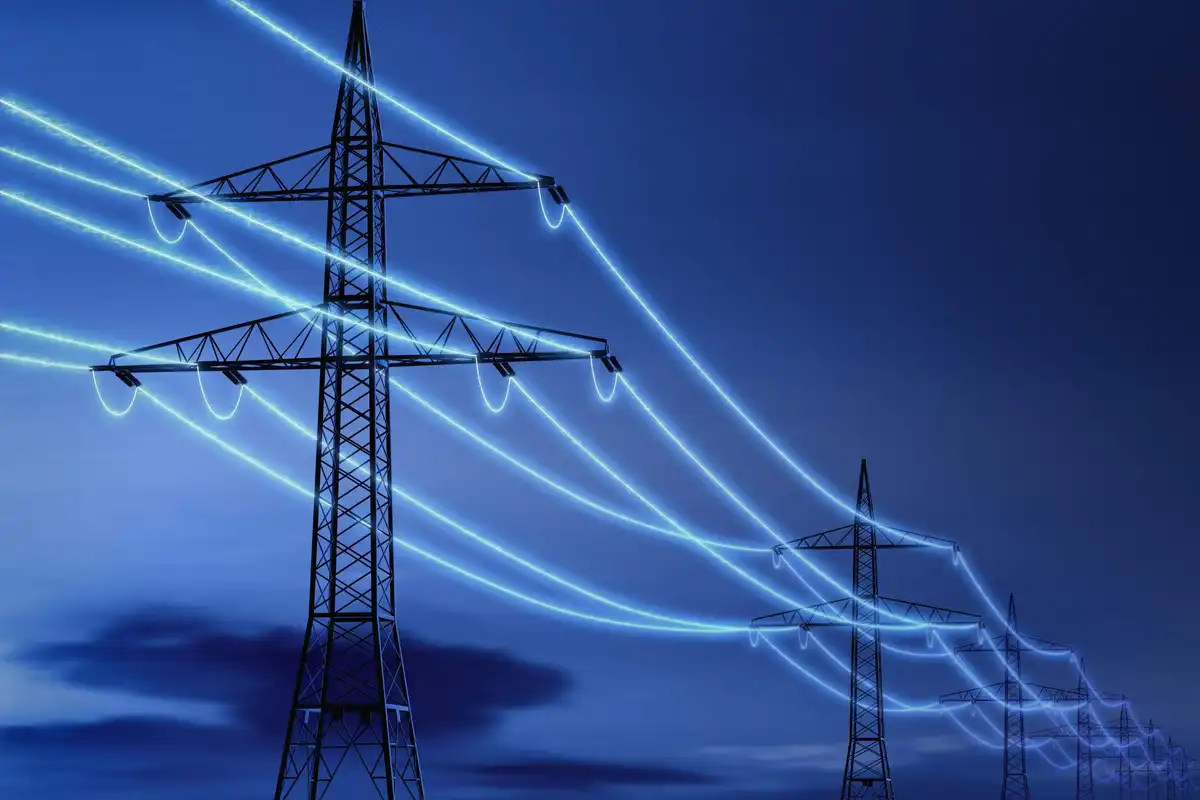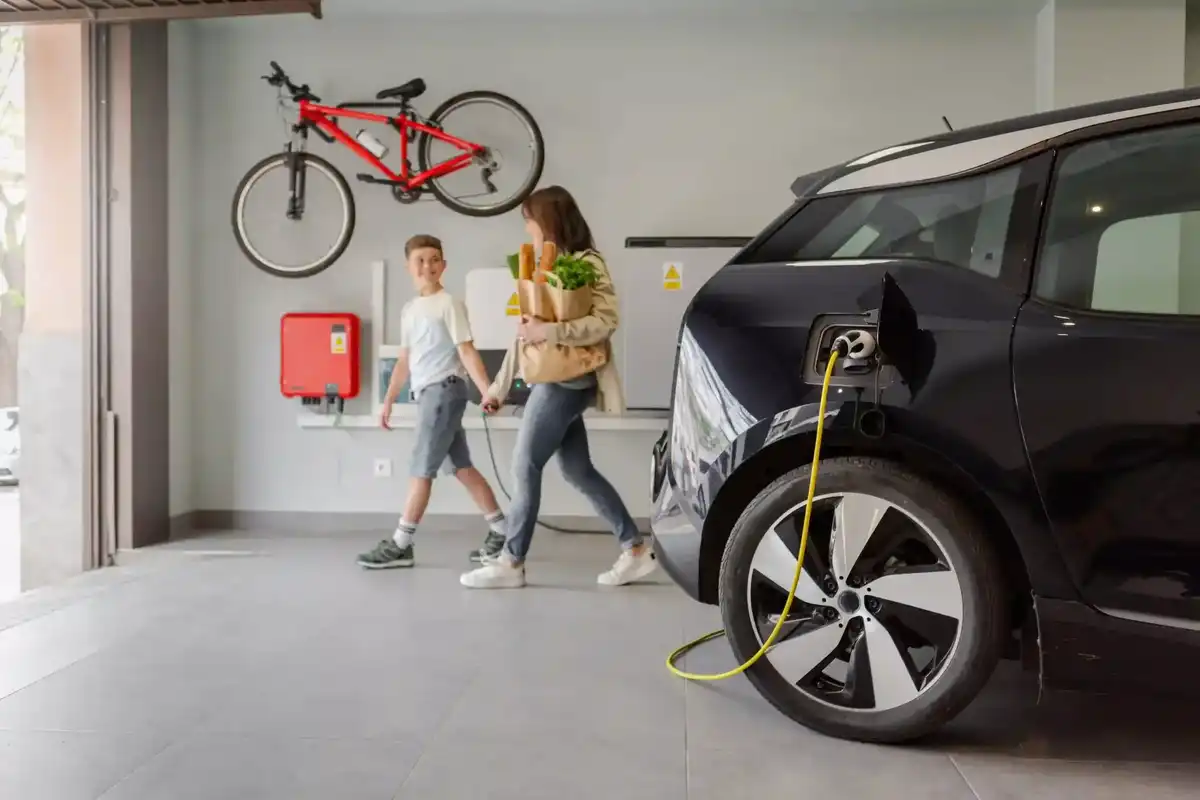Houston solar exec says a major key to slowing climate change is offering energy independence
Q&A
Following extreme temperatures and increasing grid instability this summer, CEO and Chairman of the board of residential solar power service company Sunnova Energy Corp., John Berger, is encouraging individuals to take charge of their energy needs.
Berger founded the Houston-grown company back in 2012, before solar energy was seen as a hip, clean power source. Now, Sunnova (NYSE: NOVA) is a leader in residential solar installations.
In a discussion with EnergyCapital Berger broke down misconceptions about solar power, predicted the rise of the home as a power station, and highlighted the importance of energy independence.
EnergyCapital: In the wake of a record breaking heat wave, how do you anticipate renewables being incorporated into the market as demand response soars?
John Berger: It's a rethinking of the entire system. What goes with that is let's rethink our regulatory structure. In this regard, I'm not talking about renewable energy versus fossil fuel. I'm talking about enabling and empowering the consumer and enabling and empowering the individual, whether that's a homeowner, a business owner, or apartment dweller. We don't do that in this country. We don't do it, outside, maybe Houston, Dallas, and a couple of other small markets. That's inhibiting the transition greatly. The monopolies want higher prices, because the more money they spend, the more money they make. They are not embracing change. They are not embracing technologies. They're not embracing demand response. Because that limits their revenue. So, we should recognize that that's the system. We shouldn't expect a different outcome when we've given us some incentive structure that: spend more money, don't change and don't adopt new technologies.
We need to change the entire energy system because technologies like solar, storage, software, and hardware exist and need to be adopted. We need to have the right regulatory system to allow consumers to adopt them. We need to have the right price, so that consumers can adopt these technologies at a pace that's far quicker than what we're seeing now so that they can ultimately address climate change.
As soon as we unleash the individual and empower the individual — powering energy independence is our tagline — we will solve the ultimate risk to humanity that is climate change a lot faster.
EC: Though solar is rising in popularity, are there any misconceptions about solar power in relation to residential installations that have persisted?
JB: I think the bigger one, whether it’s on a home or in a field, is that somehow since solar is intermittent, it's not reliable. It is intermittent to some degree, but — if you've ever run a utility system — coal is unreliable, gas fired power is unreliable, nuclear is even unreliable. We saw that in the winter storm Uri down in Texas. The gas wellheads froze off because they weren't prepared for the freeze. Were the wind turbines prepared for the freeze? No, they weren't either. The one source that performed better was solar. But you don't see that in a lot of the commentary because it didn't fit the political agenda that some have.
The question is, can you put enough of both on the system or on the home so that you can carry through whether it's a winter storm day or a heatwave in the summer? The misconception that solar will always be intermittent is the constant problem that we face. What are you going to do when the wind doesn't blow and the sun doesn't shine? My response: have you ever heard of a battery? We’ve got to get over that hurdle. Frankly, it's just an excuse and at best an uneducated excuse. We need to get over that and move on, and then figure out how we can best adopt the technologies of solar and storage that are plummeting in price, through empowering the individual.
EC: Sunnova is expanding into virtual power plants, can you discuss what that means and how they might impact grid stability?
JB: Virtual power plants, or grid services, or aggregation services — we call them energy services periods. There's a lot of different names for the same thing. It's basically taking solar storage software demand technologies and incorporating them into a centralized part of what we consider the grid — even though there's not a grid in the United States. The grid, as the common person understands it to be, is actually a haphazard collection of wires and centralized generation that was just put together over the last 130 years. There was not a master plan. You cannot physically move power from Houston to New York, for instance. You haven't ever been able to do that. We're trying to have that fill in of the small solar, the storage, the software, the demand side. We're saying each home, through this Sunnova adaptive platform with our sentient software connecting all these folks together, is likely to have some excess power that they can put onto a utility system or a regional system, so that the neighbor next to him can have that excess power if that neighbor needs it. It's a part of being a part of the Sunnova Club, that we can offer that value to you. That value may be that you get that extra power that you have to pay for where the value is the price in the wholesale market, or it could be that you get paid for that extra value that you happen to produce, through our adaptive platform. So it's a way of connecting homes together so that we optimize the solar and batteries that are on the other side of the meter or on the homes on the businesses. That's a way that you can squeeze more out of that investment that you made or that solar service that you have with us.
EC: As the cost of equipment for renewable energy systems, like EV charging stations and solar roof installations, decreases, is it possible to see a transformation of the home into a power station?
JB: I would go even further and say the home is the gas station now. That's what's already happened. It's fascinating if you really step back and think about it — the electric vehicle is becoming more popular, not necessarily because it addresses climate change, but because it's cool. And because it's enabled by software, AI, and a lot of the other things that make our experience in that car different. I think a lot of people now see and understand that. The other side of that is well, why can't that happen to your house as well? Like there's a lot of automation that should be happening in the house. There's a lot of software and hardware that's going in the house with the entertainment systems and all this other stuff.
You should reimagine how your house is powered and how it uses power. There's a lot of other things that you should be able to do in your house and it's more advanced than just flipping the light switches on and off and turning air conditioners on whether you're there or not.
We waste an enormous amount of energy in the United States. It's estimated that we literally burn over twice the amount of energy that we need and so therefore we're wasting over 50 percent of our energy usage. I mean, just think about the carbon release and the financial destruction that causes. We can do a lot better today with the technology. These technologies are available today and increasingly becoming more inexpensive.
EC: You describe Sunnova as “powering energy independence” — what do you mean by that and why is energy independence important?
JB: I think independence in your life just period is important. You want to have the ability to choose what you want to do in life. It's natural, especially Americans, to say, "I can choose anything I want to do. I can choose where I want to eat tonight. I can choose what car I buy." But for some strange reason, you can't choose your power provider in this country.
That's like if AT&T came to you on cellular and said, "We're going to actually triple your bill today. The regulator already signed off on it. We're gonna give you the flip phone back and take away Apple because Apple didn't agree to our terms. And you're going to like it." That's what we get from the electric industry. It's what we always get. That's unacceptable. We need to open things up to choice and Sunnova provides that choice to the consumers.
We increasingly are taking more technologies on, like load management, storage, more software with our sentient software, and we're coming in and saying, "Look, regardless of manufacturer, we're putting that together. Whatever way you want to fund that equipment, that service that you're procuring, that's fine with us you want to do cash fine, we'll do a loan fine." We offer that lease PPA, but that financing isn't enabled. But then we wrap our service together regardless of how you choose to fund it, which is different from anybody else. We say we're going to be there within 24 hours to fix that problem for most of your issues, so that means we're going to keep that power flowing. That's all it means. It's really that simple. When we do that we can come in and say you're going to be a part of the Sunnova adaptive energy platform. Basically, you're going to be able to get more value, a lower bill, if you're able to sell some of that power you don't need on that particular hot day to your neighbor through Sunnova. We’ll handle everything so you don't have to do anything. Or we can give you some additional power that you may not know you need to charge a car up or something like that and the neighbor will provide it through the Sunnova adaptive platform. So it's about how we rethink the entire energy business.
We're putting it in the hands of the individual to make the decision about what they want, you know, going over that point about reliability, if you work from home, you have a high demand for reliability. You have a higher willingness to pay for higher reliability versus somebody that has to go to work every single day of the week. They may not have that same desire, and they probably don't want to have that level of reliability. You should be able to choose. The utility just decides, the monopoly decides who gets served well and who doesn't. There's no consumer coming in that says I have a higher demand. So what do people do? They'll get dirty generators. One of the biggest industry growth periods in the entire economy is backup generators that burn diesel and burn natural gas. Again, we're taking an industrial age system with an archaic, communistic approach with economics and having bureaucrats make the decision, so we're getting suboptimal outcomes all the way to suboptimal fighting climate change. If we just empower the individual they'd say, “Well, why don't we just put more solar panels on and put more batteries and manage the load better when I bought the electric vehicle?” Those are the kinds of solutions that can be crafted individually for each consumer and that's what we do here at Sunnova.
EC: As a long-time Houstonian, how do you envision Houston’s role in leading the energy transition?
JB: I think Houston has a key role. Houston is the most diverse city in the United States. It is that diversity that's given a lot of strength to Sunnova over the years. Our quality of life is really high. All that means this is a fantastic place to build and create the new global energy industry. We understand oil and gas very well. The bigger oil and gas firms in the world are headquartered here and that's fantastic. They’ll be a part of the solution, I would hope. But if you look at innovation and transformation in industry, there's about a 100 percent hit ratio that the incumbents actually don't lead the change, and in many cases don't make it through the change. And so what we have to do is recognize that new leaders, new companies like Sunnova need to be formed and grown up here. Take advantage of the great quality of life, the low cost structure, the diversity of its people and its communities, and really lead the world and transform the energy industry.
I'm absolutely convinced that the Texan way of doing things, the Houston way of doing things, is a key part of that and demonstrating leadership. We certainly will do our part to help lead Houston forward to be the lead dog if you will, on the transformation of the global energy business.
— — —
This conversation has been edited for brevity and clarity.








 Air Liquide and Hyundai agreed to expand hydrogen refuelling networks, storage capacity and more at a meeting in Seoul last week. Photo courtesy Air Liquide.
Air Liquide and Hyundai agreed to expand hydrogen refuelling networks, storage capacity and more at a meeting in Seoul last week. Photo courtesy Air Liquide.
